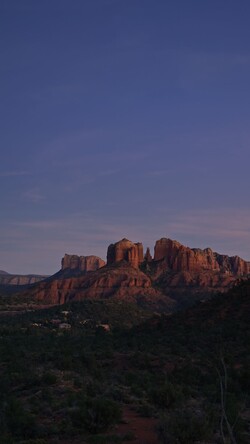풍경
검색
©️ 2025 Atmoph Inc.
Annapurna, Himalaya, Nepal
Annapurna
Annapurna is a mountain range in the heart of the Nepal Himalaya. In addition to the 8,091-meter Annapurna I, one of the most difficult mountains in the world to climb, there are 13 peaks in the 7,000-meter class and 16 in the 6,000-meter class, making it a magnificent mountain massif. The surrounding area provides a good environment for trekking, and many people from all over the world come to view the beautiful mountains.
Nepal Himalaya
The Himalayas, known as the roof of the world, is a vast mountain range that stretches 2,400 kilometers from east to west and spans five countries. In a broad sense, the entire country of Nepal belongs to the Himalayas, but the Great Himalayas in the north, including Everest, the world's highest mountain, is the area where the mountains representing the mountain range gather. Trekking while admiring the beauty and nobility of these mountains is becoming more and more popular every year.

















